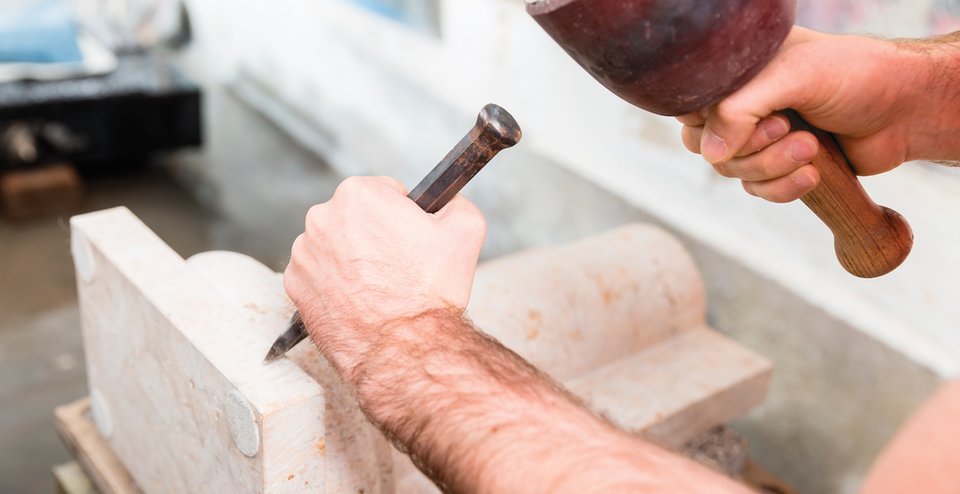AWorldofWedges
Whereelsebesidesthekitchencanyoufindwedges?Let’sfind out.
Lookinanygarageortoolbox.Nailsarewedges.Soarethumbtacksandpushpins.Afterthesewedgesaredrivenorpushedintoamaterial,suchaswoodorcork,frictionholdstheminplace.That’shownailsholdpiecesofwoodtogether.That’showyourpaperstayspinnedtothebulletin board.
Lotsofgardentoolsaremadeofwedges.Thebladesofshovelsandhoes,forexample.Prettymuchanythingdesignedtodigisa wedge.
Snowplowsarewedgesthatscrapesnowoffroads.Theshapeofthewedgeallowstheplowtoreachunderthesnowandlift itoffthe road.

snowplow

chisel

garden tools

Somewedgesareeasytosee,likeachiselthatbreaksoffbitsofrockwhilecreatingastatue.Somewedgesarehiddeninsidetools,likea zipper!
Whenyoupulluponthezipper,smallwedgesinsidethesliderpushtheteethtogether.Whenyoupulldown,anotherwedgeseparatestheteeth,likeatinyaxesplitting wood.
Whenyoupulldownonazippertab,asmallwedgeinsidethesliderpushestheteeth apart.
WedgesontheMove
Sofar,mostofthewedgesyouhavereadaboutcutthroughsolidthings.Theycancutthroughliquidsandgases,too.Dowedgescutthroughwater?Sure,justlookatthefrontofaboat.Thewedgeshapeofthebowletstheboatsliceeasilythroughthe water.
Wedgescanalsopushthroughair.Thewedge-shapefrontofcars,planes,andtrainspushawaytheairastheymove.Thentheycango faster!
Thesewedgesjustfollownature’slead.Manyanimals,suchasdolphins,havesleekwedgeshapesthathelpsthemmove swiftly.

BackattheCampsite
Nowthatyouknowsomethingaboutwedges,thinkaboutsomewaysyoumightusethissimplemachineonacampingtrip.Hint:Whatwouldyouusetoroast marshmallows?